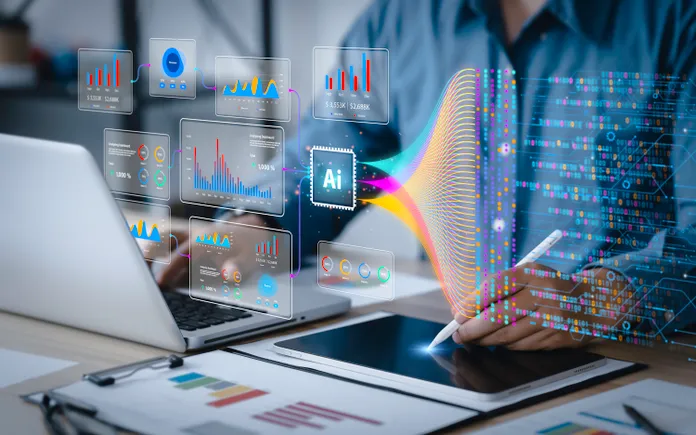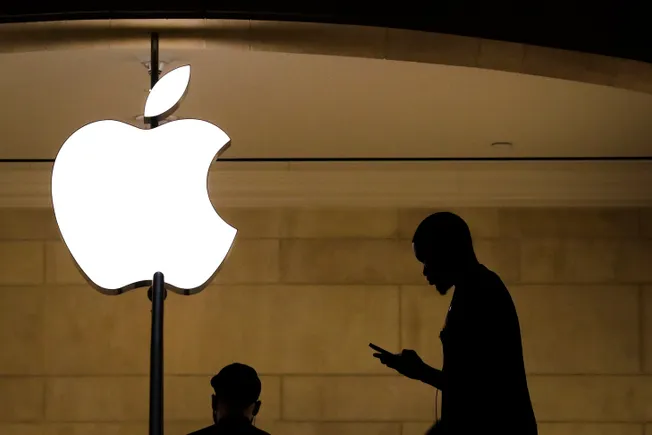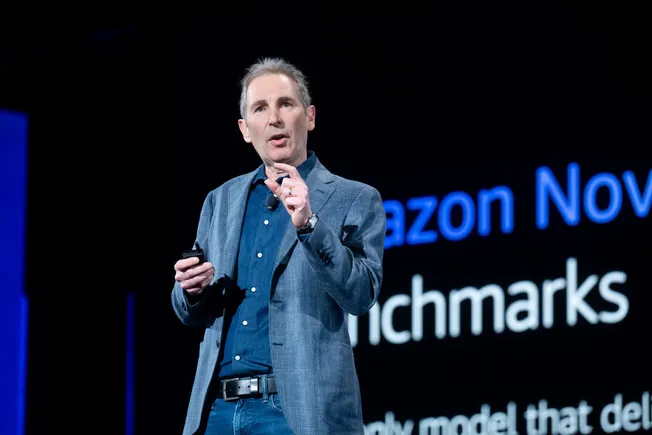Steven Kirz is an operational excellence senior partner at West Monroe.
Just about every business has felt the pressure to adopt artificial intelligence, including generative artificial intelligence. But a majority of executives are still waiting to see the efficiency, productivity and competitive advantage gains they expected: In one study, 42% of companies said they have yet to see a significant return on their AI investments.
Many executives attribute AI’s shortcomings to its complexity, leading them to question whether it’s over-hyped. But a clear pattern emerges when comparing successes and failures: Companies that treat AI as just another technology — tasking IT or external providers with implementation — often miss its true potential. However, those that treat AI as a new kind of talent discover possibilities far beyond what a conventional tech mindset can achieve.
AI is part of the talent ecosystem
Companies have four talent options for performing work: employees, contract labor, outsourced labor and AI technologies. Maximizing efficiency and productivity requires aligning roles and activities with the talent type most appropriate for performing them. When done effectively, this produces material cost savings, as well as higher customer and employee satisfaction.
Companies that approach AI as a technology typically attempt to replace human talent, resulting in poor adoption and disappointing results. Companies that recognize AI as a talent type — one that improves talent efficiency at the task level, making all other talent types more productive — enjoy solid adoption of AI and learn to rely upon employees to identify and implement high-impact use cases within their areas of expertise.
Think of AI as an intern for every employee
We find the intern metaphor helps executives begin to see and appreciate AI as a type of talent. Anyone can be more productive with the assistance of an intern — particularly this unique “intern” that has access to all human history’s knowledge, has a perfect memory, keeps getting better and will be at your employee’s side during their entire career.
The AI “intern” performs tasks the employee could have done but that would have consumed valuable time: perform research, summarize meeting notes and outcomes, synthesize key points from several dozen interviews or develop an initial test script for a new application based on business requirements.
The employee still has to check and fine-tune the intern’s work. But because there’s “someone” to do the busy work, the employee can focus on more valuable tasks.
Training is the key to adoption and employee fulfillment
Today, many companies provide their workforce with a secure AI chat tool and have a governance model and controls to guide its use.
But to create the impact (real benefits) equivalent to giving employees an intern for life, it’s not enough to make the tool available. Companies must invest in training employees how to use AI chat effectively. That means changing the way employees think and solve problems, aided by AI.
Train people to be prompt engineers.
Prompt engineering is a fancy term for a simple skill — the ability to ask detailed questions of a large language model in such a way that the model returns accurate, meaningful output.
In leading companies, prompt engineering is as important a skill as PowerPoint or Excel. Imagine trying to develop an important presentation without sufficient PowerPoint training. You’d spend all of your time formatting it and little time on the content.
As with those other common business tools, it takes time for people to get good at prompt engineering. There are best practices to master — for example, phrasing questions clearly, identifying personas and being specific about the format in which to receive information.
Good prompts can be lengthy and take time to develop, but when done well the output far outweighs the effort. From experience training our own teams at West Monroe, we’ve seen measurable productivity, efficiency, speed and accuracy gains within six months. People begin to apply AI to perform their activities faster and come up with new ideas to improve efficiency across the value chain. That means the sooner you get everyone proficient in prompt engineering, the sooner you will see benefits.
Trust your employees to unlock value once you train them.
Trained employees are the best judges of how to use AI to be more productive in their own roles. How big is the potential? According to the Stanford Digital Economy Lab, 80% of today’s workers can use AI to help with 10% of tasks, while about 20% of workers can use it to help with 50% of tasks. As people become comfortable and proficient, they will find more and more ways to use AI in their roles.
Trained employees are also your organization’s best source of new ideas for using AI to improve processes — so lean into that. My team has monthly discussions to share prompts that people have found particularly effective. And my company recently held a contest to surface innovative AI use cases and celebrate ideas that are now helping us run better.
Encourage training to boost fulfillment.
Actively encouraging proficiency will also elevate your employee value proposition. There is more AI coming. Employees who feel you are investing in their training and who recognize how AI is making them more productive are more likely to adopt AI and create value faster.
Instead of measuring reduced cost, learn to measure the value of improved experience.
This brings us to measurement. So far, the focus has often been on how AI can cut costs — a straightforward but narrow metric. What’s less explored is its potential to enhance productivity, customer satisfaction, employee fulfillment and time-to-market — broader measures of success tied to experience. While these are harder to quantify, learning to measure them is essential to fully realize the value of AI as a vital part of the talent ecosystem.
HR’s strategic role in making the most of AI’s potential
AI is a great leveler of expertise across the talent ecosystem. It will continue to evolve and get smarter, improving the productivity of all other talent types, thus continuously changing the optimal talent mix. While no one part of the organization owns or is responsible for all talent, HR is in the unique position of understanding how to use AI to maximize the potential of all talent types to meet strategic goals — and to lead the mindset change of AI as talent instead of tech to unlock unprecedented levels of productivity.






Leave a Reply